


2 March 2019 marks the fiftieth anniversary of the first flight of a special aircraft known for its speed and luxury, an aircraft that has become unique as a technological, if not commercial triumph of its era.
Nearly 50 years ago, on that Sunday in 1969, I was probably gearing myself up to go to school the next day to face the work culminating in my GCE ‘O’ level attempts next Summer. Shall I follow the ‘pack’ and go to the Ford Motor Company (I lived in Dagenham) as an apprentice, or be radical and follow my anorak and try for a BEA/BOAC apprenticeship? LHR is a long way from Dagenham. The decision I made eventually led me to be a privileged member of the supersonic club as a Concorde flight engineer.
Although a flight time to New York is nearly always the same supersonically because of the lack of headwind or tailwind (3 hr 15min), a ‘chock to chock’ time of somewhat more than that, still means that we arrived in New York before we had left the UK! One bizarre and unique consequence of this meant that leaving Heathrow on the later evening flight to NY in darkness meant we were treated to a sun rising in the west and a daylight landing in Kennedy.
Here is a (very) quick roundup of a normal flight:
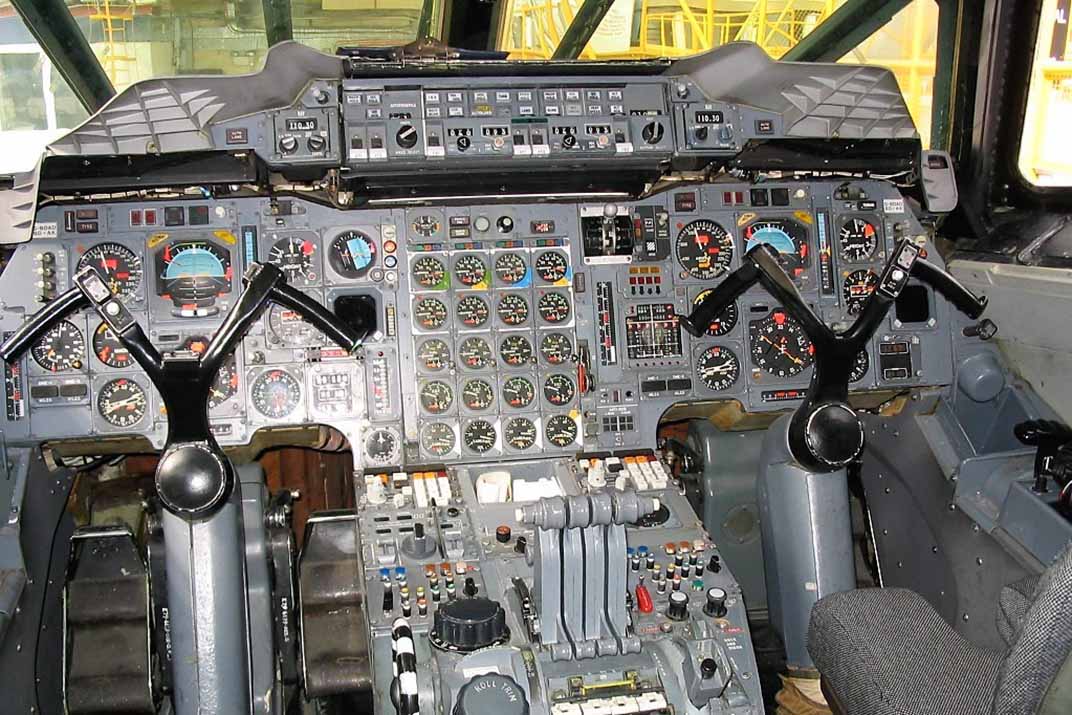
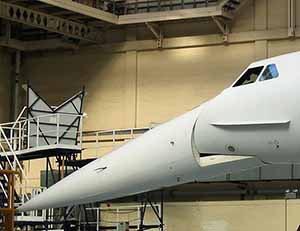
Among other things, the wide speed range of Concorde meant that a new system of reaction to a change of Centre of Gravity due to speed had to be developed. Conventionally, with increasing speed, CG changes were handled with elevator trim, usually automatic, but the trim range was so great with Concorde that another method had to be deployed, and that was the longitudinal transfer of fuel to cater for differing speeds and flight regimes. This system also meant that the elevons could be kept in an aerodynamically minimum drag position for most of the flight. For take- off, fuel was kept in a forward tank to maintain a relatively forward CG. Although there were 13 fuel tanks (numbered 1 to 11!), computers gave us the aircraft CG and this was confirmed before take- off.
Re-heat, or afterburners, were definitely something other airliners did not have. The system was ‘primed’ before take-off by selecting four piano keys just aft of the throttles and the system operated as the throttles were advanced for take-off and correct operation monitored by use of the primary engine instruments. Every take-off was full power and performance was ‘lively’. Noise abatement from London consisted of a throttle reduction after a certain time. From JFK, it consisted of a low level left turn and then VOR radial and DME distance parameters (following a set path and distance to a radio beacon …Ed.), throttling up, then down, then up again. After all this technicality, if the captain could see a distinctive car park looking out left underneath to the Long Island coast, we knew we had it right!
After take- off the primary concern was speed control, as the machine would quite happily accelerate to Mach 2 straight away. In fact, that's what we usually did when taking off from JFK, there being not a great deal of civilisation around till the UK. However, from LHR the speed was limited to Mach 0.9 until the acceleration point in the Bristol Channel. The nose and visor were selected up from the five degree position soon after take-off, quieting the flight deck considerably.
Fuel... yes mustn’t forget to start transferring fuel rearwards and continue through the transonic acceleration, throttles advanced and those piano keys selected again in pairs to push us through Mach 1 and beyond with a satisfying thump as the re-heat works. Once through Mach 1.3, a check to see the intakes are moving to control the airflow into the engines (digital computers, no less) and secondary nozzles (at the rear) are set to optimum, then the re-heat can be cancelled and due to the magic of the intake/exhaust engine items, Concorde carries on accelerating to Mach 2.
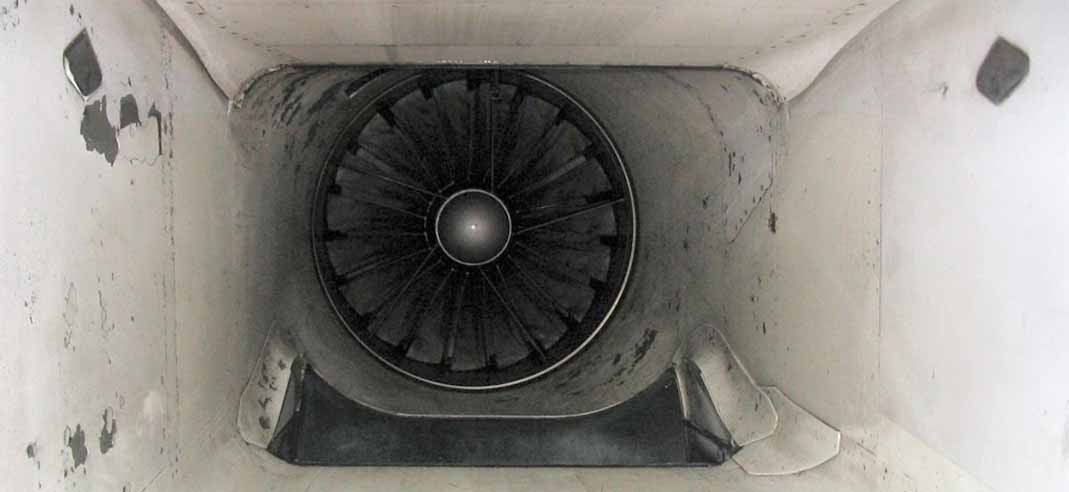
Due to the altitude and speed, Concorde routes were standardised across the Atlantic so, after initial ATC clearance, the altitude was blocked so that with weight reduction due to fuel burn the altitude was allowed to rise, through to a limit of 60,000 feet. This was regularly attained, and occasionally we would see and hear (on radio) ‘Blunties’ (subsonic airliners…Ed) 30,000 feet below us being left behind or approaching in a rapid manner! Apart from the well-known curvature of the earth being visible, there was a distinct sense of serenity up there, with no sense of speed at all. Of course, there was no peace for the engineer, who after moving fuel purposefully fore and aft now had the duty of balancing fuel laterally. This was done by careful examination of the flying controls surface position indicator, and noting if any elevon was not in the aerodynamically correct position. If one was up, it meant its opposite number was probably down, thus indicating a loss of efficiency due to the accursed drag. The remedy was to move fuel to the up indicated side of the aeroplane, from the opposite side tanks, a procedure of pump switching and valve opening. After the desired effect, a reverse in procedure returned everything to normal.
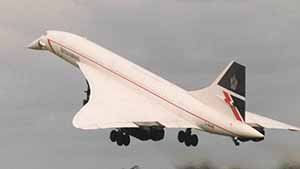
All too quickly it was time for the Deceleration and Descent Checklist, and at a pre- determined deceleration point that was loaded on the inertial navigation system. The throttles were pulled back slowly and the deceleration commenced. And yes, the fuel started to transfer forwards. Passing Mach 1 the aircraft becomes just like any other but this time, to counter the high angle of attack needed by a delta to maintain a slow speed, the nose and visor are lowered to 12.5 degrees to make it possible to see the approach being flown properly.
That’s about 3 hours and 45 minutes chock to chock of a normal flight, it seems like a much shorter time on board as there is so much going on (more than described here), and throw in a technical issue or two and one can see how this is really a gloss over of the technical intricacies. Subjects such as fuel cooling and control, fly by wire as well as fuel tank numbering and interconnectivity… these details can be found in such volumes as the excellent Haynes type guide published for Concorde.
I had a relatively short time on the aircraft before fate intervened, but my time was unforgettable. It's an honour to pay tribute to the men and women that worked to get her airborne on the 2 March 1969 and those subsequently who turned that single flight to a scheduled daily occurrence.
Concorde’s first flight from Toulouse back in March 1969, was followed in April by the British Prototype flown from the old BAC factory, at Filton by Brian Trubshaw. The final flight by any Concorde was in November 2003 when British Airways Captain Les Brodie brought G-BOAF down from Heathrow back to its birthplace at Filton for donation to the Bristol Aerospace museum. When AF’s mighty Olympus engines shut down for the last time an era was over.
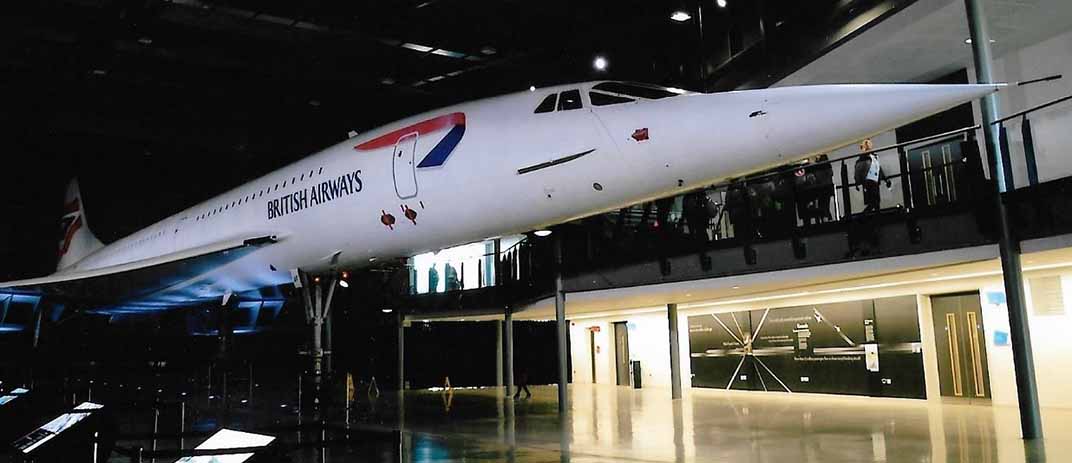
With such worldwide public adoration of the aeroplane it’s good to see that all the retired examples have found a home in museums. Examples can be viewed in the UK, France, Germany the USA and Barbados. If you would like to visit one open to the public here in the UK, the British prototype is at the Fleet Air Arm Museum Yeovilton, the pre-production example at Duxford and ex-British Airways examples can be found at Bristol, Brooklands, Manchester Airport and East Fortune museum near Edinburgh. So there she is - fifty years old and still looking a million dollars. If you saw a Concorde for the first time today you would think it was a plane from the future not the past.
It is a truly iconic design
Registered Charity No. 285809